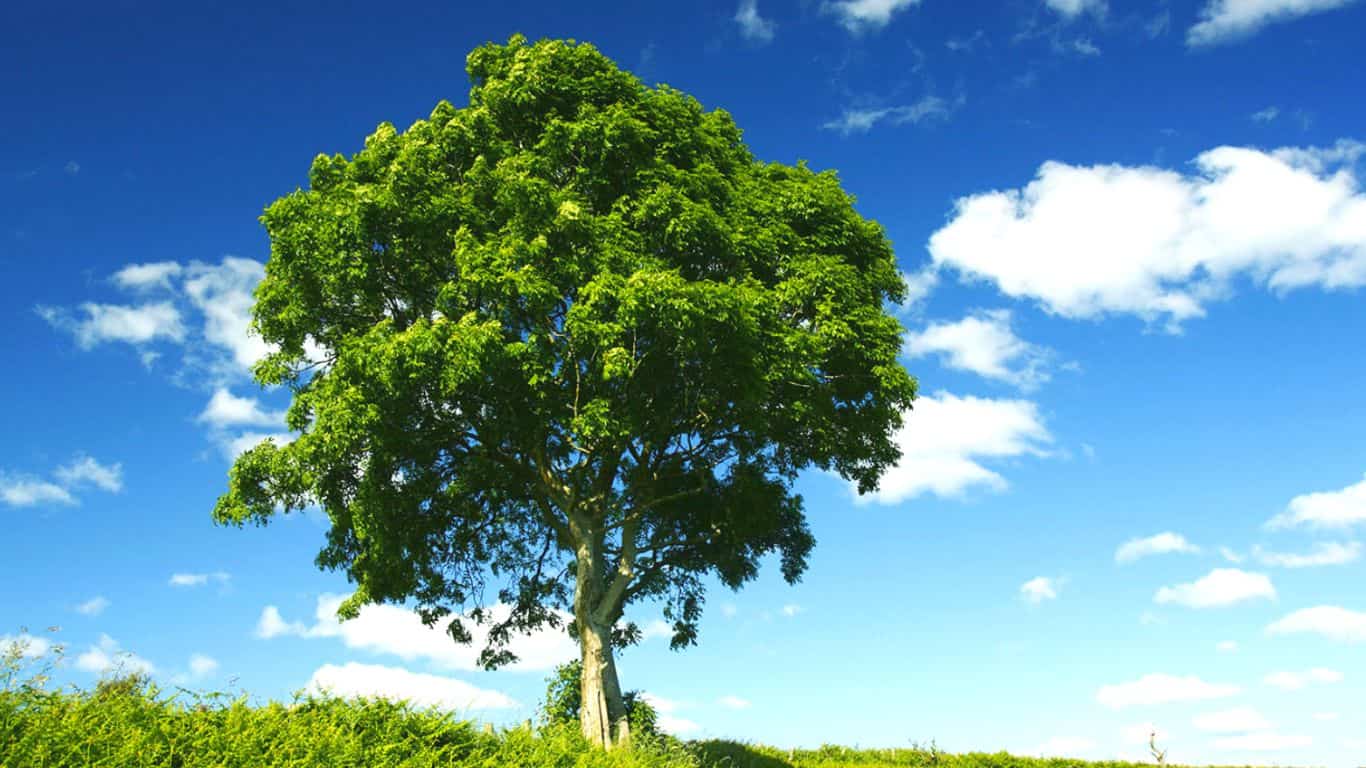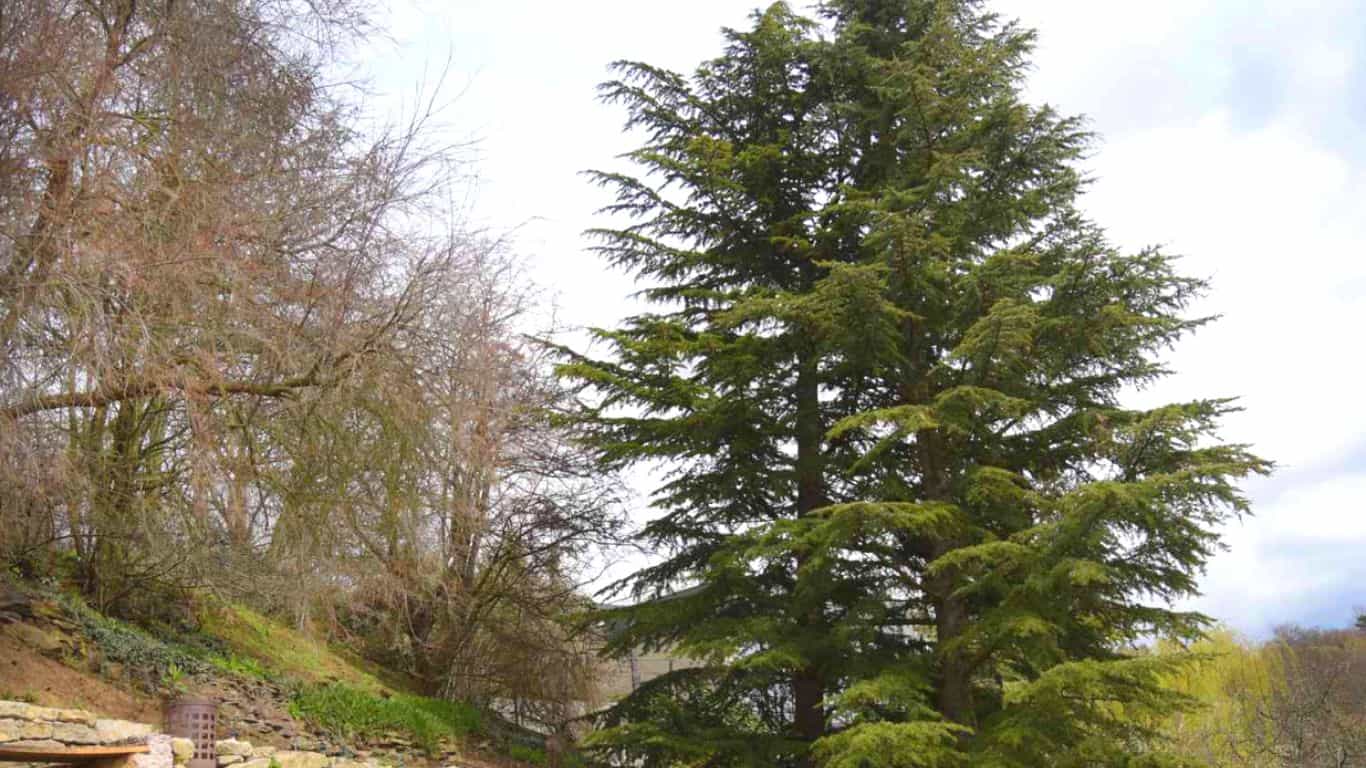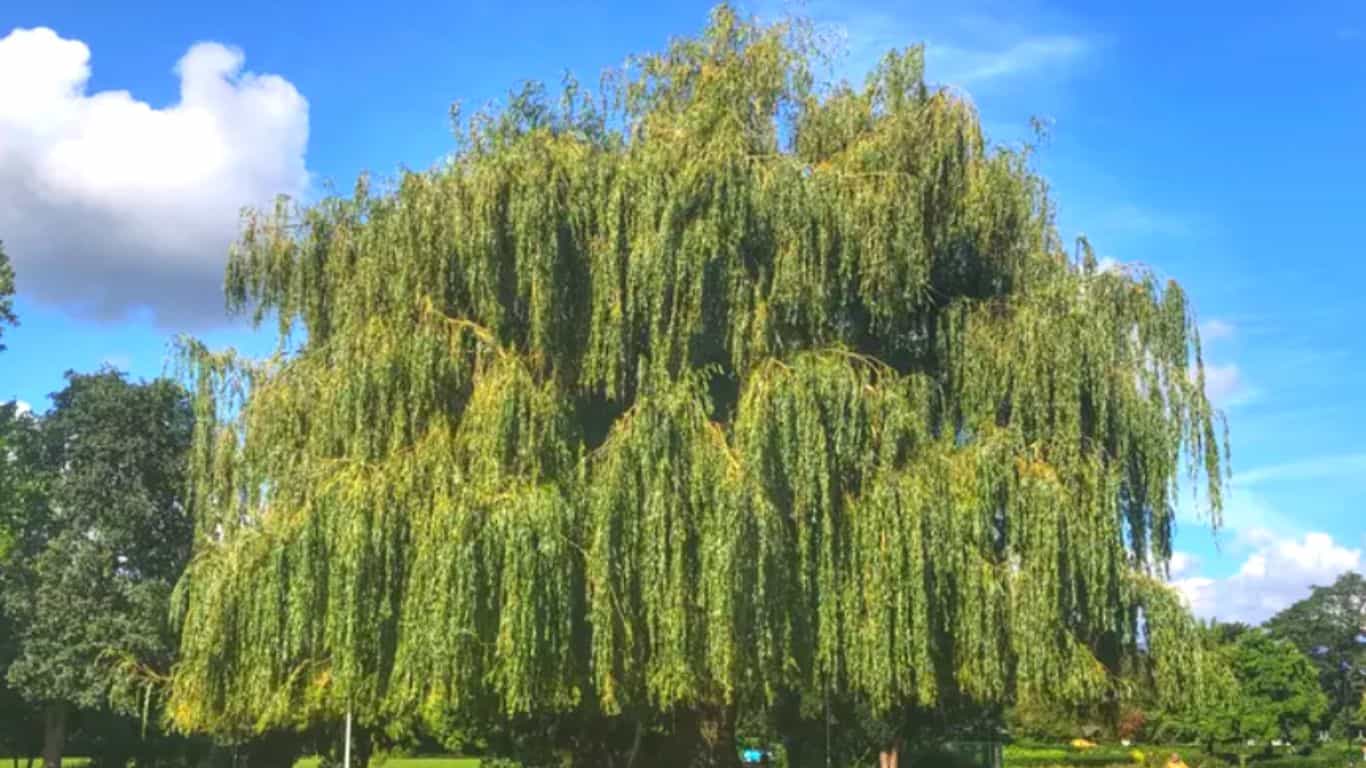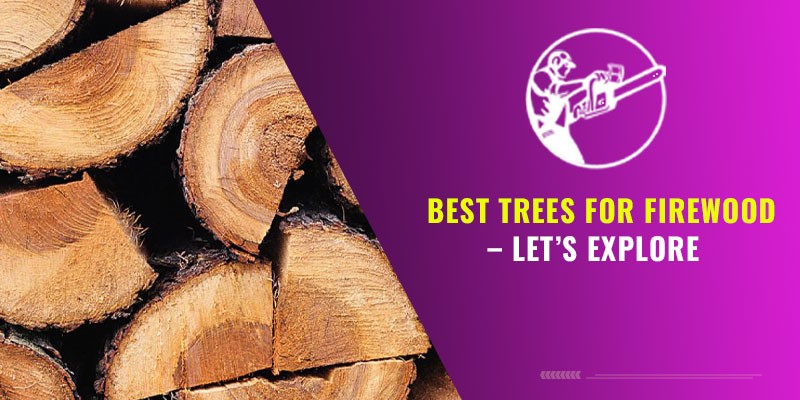How to choose the best trees for firewood so that your bonfire or wood-burning stove can produce constant, safe heat. The hallmark of any camping vacation is a cozy and pleasurable campfire.
Typically, dense, best firewood species make the most excellent firewood. Oak, ash, hazel, beech, and birch are all excellent species that are best used as firewood. We’ll explore why in this article and also let you know which species to stay away from.
As the name implies, firewood is wood that has been split, chopped, and dried to be used as fuel for a fire. Nevertheless, not all wood is the best fuel, and even wood that works well in one location may not be the best choice in another. Even if you have the best firewood in the world at home for your log burner, you shouldn’t bring it on a long camping trip. Invasive pests and diseases brought in by foreign wood can, in the worst instance, wipe out the ecosystem of an entire forest as savagely as a wildfire.
Thus, the next time you set out in your best camping tent with the aim of cooking or singing over the campfire, it’s a good idea to be aware of the best trees for firewood in the nearby region.
Even the best wood won’t burn efficiently after your fuel is ready if you don’t know how to keep it properly. From the time the wood is cut from the tree until it is dry enough (less than 20% moisture) to put on the fire, this procedure, known as drying the wood, takes several months. There are several things to consider, therefore, let’s discuss some of the best trees for firewood right away.
Which makes the best firewood: hard or soft woods?
It is crucial to select the ideal alternative for your bonfire or wood-burning stove because both hardwood and softwood have advantages and downsides. Softwoods are evergreen trees that are less thick than their hardwood-growing relatives, which are deciduous. Because of this, they dry out more quickly and require less storage space.
You will be aware of the work required if you know how and where to chop firewood. Well, softwoods are lighter to transport and easier to split. The drawback is that if softwoods are your main fuel supply, you’ll need a lot more of them because they typically burn less hotly and for a shorter period of time than hardwoods. Softwoods are also dirtier and contribute to the gradual buildup of creosote.
Because of this, softwood shouldn’t be used in homes, but it’s good for campfires when it’s been dried out. The finest firewood for a campfire is actually a blend of softwood and hardwood, as the former serves as kindling and the latter burn well into the night.
The greatest hardwood options for your firewood are listed below…
Best Trees for Firewood
Oak
The classic example of a hardwood tree. The race is won by steadiness and pace. Similar to the classic tortoise, oak is seen as being heavy and dense. It takes some time to get moving, but once it does, it will outrun many softwood hares. In fact, compared to most other woods, oak burns for the longest. The secret is to make sure there is plenty of strong kindling to get things going smoothly right away. Speaking of slow and steady, oak needs to be properly seasoned for up to two years, so make sure the tarp is completely waterproof.
Birch
Birch is a fantastic choice for your wood-burning cooker because, although hardwood, it burns rapidly, and generates a lot of heat at the same time. This is ideal for meals when camping.
Ash Trees
The best firewood trees are ash trees, which have been cut down because of dieback.
Due to its capacity to generate good, steady heat for a respectable amount of time, ash is yet another highly valued hardwood that is widely used as firewood. As a result, you may all unwind in your tent chairs while remaining confident that the fire will continue to burn for a while.

Ash dieback, a disease brought on by a pest, is currently wreaking havoc on European ash trees. The illness known as “ash dieback,” which is brought on by a fungus that generates toxins that destroy trees from the inside, is currently wreaking havoc on European ash trees. There is now no treatment, and it is predicted that 95% of the ash trees in the UK will eventually die.
Before spreading to local species, the fungus thrived harmlessly on imported Manchurian ash trees throughout Europe. The disease spread because the local ash trees were not designed to battle the fungus.
This unfortunate news means that there will be lots of ash available for use as firewood in the near future because huge quantities are being cut down to protect the stock of timber. Yet, there won’t be much ash left in Europe to burn in the long run.
Beech
Beech has a drawback in that it must be properly dried because live beech has an extremely substantial amount of water. Yet, once it is prepared, beech produces good firewood because it combines the long-burning characteristics of ash with the ease of lighting of oak.
Hazel
Hazel Although it requires to be very well conditioned and burns more quickly than some hardwoods, hazel is still a fantastic option.
Cedar
Go no further than cedar if you want to add some ambiance to the air with lovely scents. Although it doesn’t emit much of a flame, it produces a good and consistent amount of heat.
It’s wonderful to use driftwood to decorate your home and give your downstairs bathroom a coastal feel, but it’s not a good idea to burn it.

Warning
Avoid a variety of firewood types. We already know that tree-cut wood needs to reach a moisture content of 20% before it is appropriate for use as firewood. Greenwood is recently chopped wood that, if you can get it to light at all, burns poorly and emits a lot of smoke. The following species of firewood should be avoided. You can read our detailed article on best to worst firewood.
Driftwood
Driftwood is wonderful for interior design and for giving your downstairs bathroom a coastal feel, but burning it as firewood is not a good idea. This is due to the fact that because of its salt saturation, it may release toxic chemicals.
Many common species should be avoided. This might be the case because some of them lose their spirit too quickly. During those chilly fall nights, others just don’t heat us up the way we want.
Larch
Despite being inexpensive, quick to dry, and widely available, larch is not the best firewood due to its propensity to spit while burning. For the safety of campfires, this is not ideal. Also, it makes a lot of soot.
Pine Trees
Pine and larch are both excellent firewood options. It makes good kindling, but because it tends to emit a lot and produces a lot of soot, burning it on an open flame could be hazardous.

Poplar Tree
Poplar When burned, poplar emits a strong smoke. This sounds like a nightmare, forget about the campfire ghost stories. Your favorite fleece jacket will require several washes to remove the odor.
Alder
Alder, although being a hardwood, doesn’t make excellent firewood. Alder is a hardwood that is regarded as a poor choice. Because of its low density, it won’t burn as hot or last as long. Despite this, it does produce a lovely flame and an earthy, smokey scent.
Fast-growing trees for Firewood
Here is the list of the fastest-growing trees types for firewood:
Black Locust Tree
The black locust can reach heights of up to 50 feet. The black locust stands out due to its straight trunk and recent development, which is the reason why so many people prefer using it to build woodpiles.
The black locust tree can survive and grow in a wide range of soil conditions and environmental conditions.
Catalpa
Although the catalpa tree may grow in a variety of soil types, it is frequently planted in moist, well-drained soils. It is a wild tree that grows quite quickly. This wonderful tree is regularly felled for its fuel.
Willow Tree
The willow tree is one of the world’s fastest-growing trees. The willow log scale might be produced in four years!
White willow (Salix alba), which burns longer than goat willow (Salix caprea), has softer grains. The surface-level roots, which all grow into new trees, can be damaged.

Willow trees have about 55% moisture, and it takes about three months to properly season them. If you place it on bearers and gently cover it, a pleasant breeze could cause cracks to appear quickly.
Oak Tree
They are so common that fuel is frequently made from them. They develop more slowly than evergreen trees, like other trees.
Oaktree wood makes fantastic firewood. One of the many reasons it is great for firewood is that it is easy to split.
Green ash or European ash
Ash has a rapid growth rate, can withstand cold weather, and prefers moist environments. It easily splits, burns hot, and doesn’t spark.
Green ash follows after that. Another suitable tree, it can grow quickly in a variety of soil types across the country. Fall is when the tree produces its seeds, and those seeds typically germinate quickly.
Alder trees
Alder forests are unique because a root cavity from the soil produces bacteria that fix nitrogen.
It is less thick than other typical hardwoods since they grow more quickly, but there is no reason you can’t include it in your supply of firewood. Alder needs to be fully seasoned before usage, and burning damp wood is not recommended. Although it burns quickly, alder-seasoned wood produces good coals.
Best Trees For Firewood – FAQs
Conclusion
You won’t need to chop down that lovely tree in your front yard to heat your house this winter if you look about it because firewood-worthy trees are plentiful.
Learn how to cut firewood with a chainsaw once you’ve determined which trees to use. You can also read our article on the best chainsaw for cutting firewood.
You may have a cozy, spark- and smoke-free fire on chilly winter nights if you gather a supply of oak, hickory, maple, cherry, or black locust firewood.




